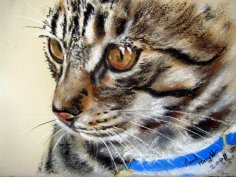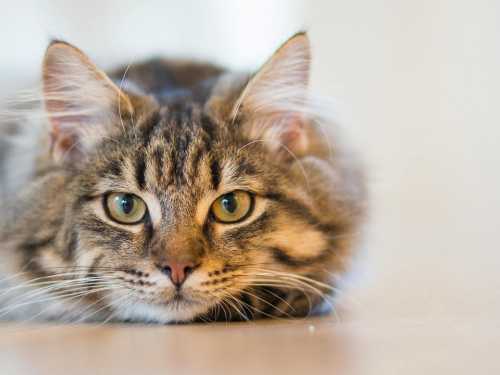
The cat is a unique creature. One of the greatest mysteries associated with this amazing animal is its astonishing ability to survive falls from great heights without sustaining fatal injuries.
A kitten named Sabrina became famous for surviving a 32-story fall with minimal injuries: she suffered only a knocked-out tooth and a scratch on her chest. It has long been noted that approximately 90% of cats who fall from great heights survive.
Apparently, this fact served as the basis for the expression “a cat has 9 lives.”
There is no doubt that understanding the reasons for such an easy fall would allow people to effectively combat high-altitude injuries.
So, what are the advantages of a cat over a human?
Firstly, cats are lighter, with a lower mass-to-surface area ratio than humans. This means that a cat's maximum fall speed is reduced by almost half when falling, for example, from the fifth floor.
Secondly, a cat's inner ear contains a kind of gyroscope, which allows it to quickly orient itself in space and turn over with its paws down when falling.
In addition, the cat bends its paws at the moment of landing so that the force of the impact is redistributed over a larger surface, which leads to a decrease in the number and severity of injuries resulting from the fall.
When falling from a great height, a cat demonstrates masterful control of its body and superb spatial coordination. At first, it extends its limbs, increasing its fall speed to the maximum possible, after which it spreads its legs horizontally, adopting the pose of a flying squirrel.
This increases air resistance and reduces the speed and, consequently, the force of impact with the ground. Remember that a cat redistributes its weight over its entire body upon impact.
It's logical to assume that the instinct that compels a cat to perform a series of precisely defined movements during a short fall developed during the course of evolution. But we humans would do well to take this valuable experience on board, too.





